- Tin tức
The Future of Retouching in Real Estate
05/11/2025 | Posted by: Admin
05/07/2019 | Posted by: admin
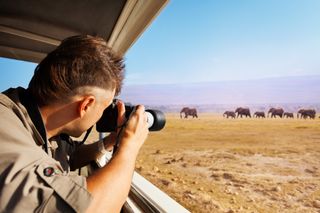
(Image credit: Getty Images)
What’s the best way to become a wildlife photographer? Get out into the wild. Despite humans encroaching ever more into the wild areas of our planet, there are still vast protected areas full of stunning wildlife where conservation stories can be just as captivating as the closeups.
If your favourite national park or wilderness area isn't on our list, no doubt you'll be angered. Don't be; a mix of the justly famous and the little known, this list of top locations for photography is merely aimed at alerting adventurous photographers to just a few of the incredible opportunities across the globe. Don't forget your long lens, an alarm clock for very early starts, and bucket-loads of patience.
• Directory of holidays and workshops
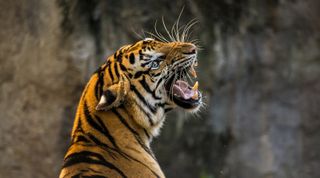
Ranthambore has about 60 Royal Bengal tigers. Image: Creative Commons CC0
Finding tigers in the wild is not easy, and most visitors to national parks in India that promise the big cats go home disappointed. Ranthambore National Park, an old private hunting ground of the Maharaja of Jaipur, contains around 60 Royal Bengal tigers, which are famously active during the early morning. The park is also home to the ancient Ranthambore Fort, which makes for an unusual backdrop to wildlife photos. It’s also near India’s Golden Triangle – Delhi, Agra (for the Taj Mahal) and Jaipur – and so it serves as an easy add-on to a classic India itinerary. Website
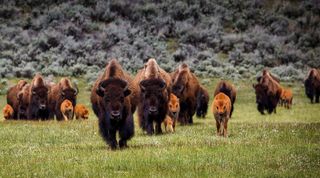
Herds of bison are what everyone wants to see at Yellowstone. Image: Creative Commons CC0
Some come to Yellowstone National Park for Old Faithful, a geyser that blows to 90ft or higher every 35 to 120 minutes for a few minutes, but most visit to catch a glimpse of the incredible array of wildlife. Driving up to its south entrance takes you via the Grand Tetons National Park, where moose can often be seen near its visitor centre. All through the region are shy black bears, which can nevertheless be glimpsed with some luck and patience (ditto the much bigger grizzly bears, which are best avoided), while at dawn and dusk it’s possible to see elk – Madison river near Madison Campground is a good spot. Herds of bison can be seen most easily in Lamar Valley. Website
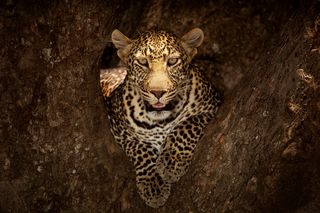
Yala in Sri Lanka is a great place to photograph a leopard. Image: Ozkan Ozmen, Getty Images
Yes, it’s busy, but Yala National Park in the southeast of this teardrop-shaped island has one of the highest leopard densities in the world. A vast area of five separate blocks, the most easily accessed Block 1 has about 25 leopards. They’re visible all year, though sloth bears are best seen in autumn when they gorge themselves on berries before they hibernate. Unfortunately there does tend to be a crush of 10-20 safari vehicles when a leopard is found by one of the guides, but if you avoid weekends and go on two safaris per day you should find some solitude. Website
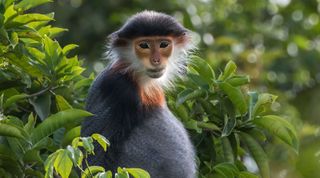
Monkey Mountain is home to the beautiful red-shanked douc langur. Image: Creative Commons CC0
If you want to photograph an unusual and utterly captivating animal, the critically endangered red-shanked douc langur is hard to beat. This most un-monkey-like primate lives only in the forests of the Son Tra Peninsula near Da Nang in Vietnam, an area nicknamed ‘Monkey Mountain’ by US troops who landed here in the late 1960s. An inquisitive animal that’s so different to the noisy macaques that also live here, the doucs are estimated to be down to the last 1,300. They tend to live high up in the rainforest canopy, but are easy enough to find with a good guide. Bring a very long lens, a tripod, and some serious waterproof gear; this is rainforest, and the downpours here can be incredible. Website
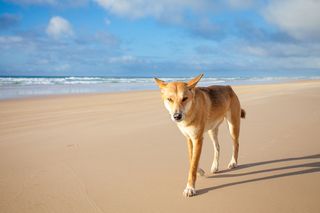
You can photograph dingoes at Fraser Island. Image: Darren Tierney, Getty Images
It’s hard to choose just one place Australia, but its unique flora and fauna make it a must-see for wildlife photographers. There’s obviously the Great Barrier Reef, but further south is Fraser Island and its dugongs, turtles and, most famously, dingoes. From August to October, humpback whales migrate along its coast. Inland from the Great Barrier Reef is the Atherton Tablelands, where the duck-billed platypus (there’s a good viewing platform at Yungaburra) and tree-climbing kangaroos (in a forest at Malanda Falls) are on the photographic menu. North of Cairns is Daintree National Park, which is home to huge saltwater crocodiles. Website
Advertisement
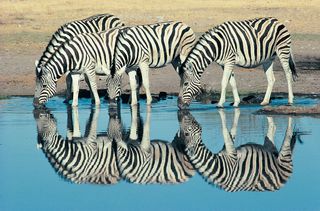
The waterholes of Etosha provide some excellent photo opportunities. Image: Digital Vision, Getty Images
Namibia is road-trip country, and on a journey around this vast terrain it’s possible to call in at camps in the Kalahari (to photograph cheetah and meerkats) and at Damaraland to track desert elephant. However, if you want closeups of lion, leopard, elephant and giraffe, head to Etosha National Park in the north. While it’s a somewhat sanitised experience, photographers will find it hard to beat because the animals tend to congregate around its waterholes. Stay at the NWR-owned Okaukuejo campsite right by a waterhole where it’s possible to watch wildlife all night (thanks to some illumination). No wonder BBC film crews are always hanging about here. Website
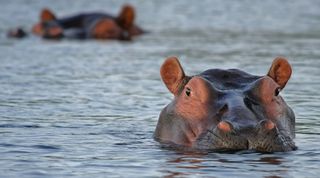
Hippos dominate the swamps of the Selous. Image: CC0 Creative Commons
Sure, there are other more famous places to photograph The Big Five in Tanzania, but there’s something very special about the vast Selous in the south of the country. An UNESCO World Heritage Site of thick forest, swamps and open grassland, the star attraction here is the Selous lion, a smaller and slightly greyer version of its northern counterpart; the males have a shorter mane and an all-round slightly shabbier look. Despite the Selous being a conservation success in its accessible areas, it’s all funded by most of its landmass being an out-of-bounds private game reserve where trophy hunters pay to kill lions. This is a place with a story behind the serenity. Website
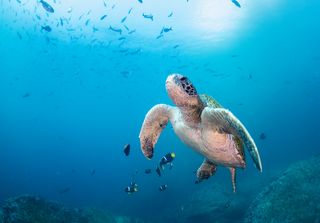
The Galápagos Islands are home to a broad range of endemic species. Image: Wildestanimal, Getty Images
The Galápagos Islands are in a world of their own. Stranded in the Pacific Ocean about 1,000km west of South America, this Ecuadorian group of 18 volcanic islands and over 100 of islets are home to unique wildlife on its black beaches and interior highlands. Most trips by yacht concentrate only on the south or central islands, but dedicated photography trips tend to add the western islands, which include Fernandina and Española. Kayaking and snorkelling are common daily activities between sunrise and sunset shoots. Website
Advertisement
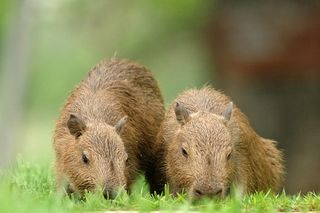
The Pantanal is home to capybaras. Image: Joanne Hedges, Getty Images
Brazil has way more than the Amazon rainforest. Here in western central Brazil, the part-UNESCO World Heritage Site area called The Pantanal is one of the world's largest freshwater wetland ecosystems, at the headwaters of the Cuiabá and the Paraguay rivers. It’s also home to some of the most endangered animals on the planet, including the giant armadillo, giant anteater, giant otter, marsh deer and the hyacinth macaw, the world’s largest species of parrot. However, it’s the large population of jaguars that attract photographers, who get around on foot and horseback and by 4WD, boat and canoe. If you're in the latter, watch out for the the world’s largest snake, the green anaconda. Website
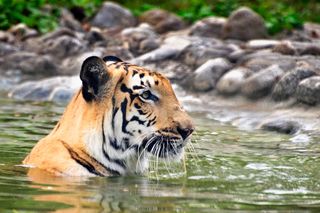



Welcome back, please login to your account to log in on the website:
Copyright © 2019 Dong Quang. All right reserved
Copyright © 2019 Dong Quang. All right reserved